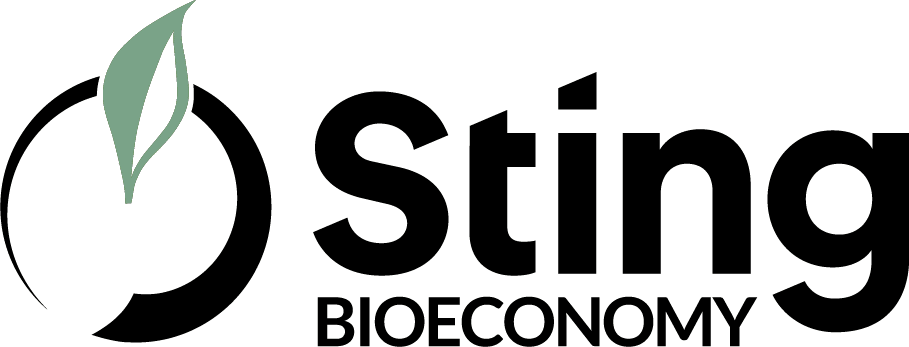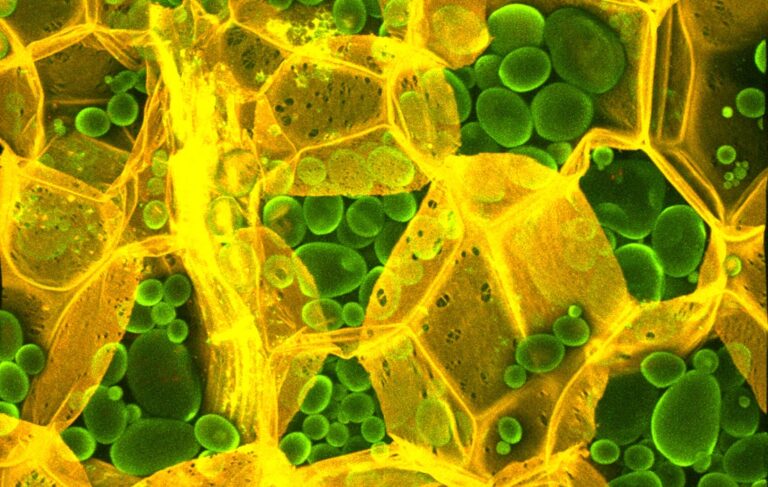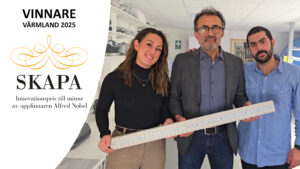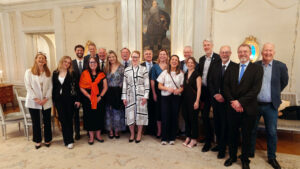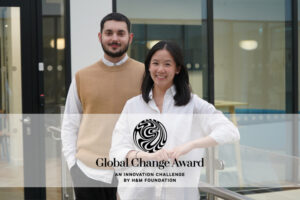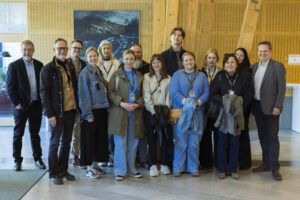Using its light technology, our new company Richter Life Science Development, can quickly extract cellulose and lignin from biomass. We called founder Agneta Richter Dahlfors to ask how a technology for medicine became a revolutionary discovery in bioeconomy.
Agneta Richter Dahlfors is a professor at Karolinska Institutet and the Royal Institute of Technology, as well as the head of an interdisciplinary research centre where one field of study is how bacteria cause disease in humans. In 2011, its researchers suspected that bacteria form biofilm when they infect the kidney, but there was no technology to prove it. Understanding how bacteria form biofilm is important, since this particular way of life makes these bacteria more resistant to antibiotics.

Together with researchers at the Royal Institute of Technology and Linköping University, her team came up with a unique technology where microscopes are used to detect specific carbohydrates, so-called polysaccharides, in tissue.
“By studying the tissue in a microscope, you can use wavelengths that are invisible to the human eye. The microscope makes the molecules glow in different colours depending on which polysaccharide they are bound to. The method is extremely precise: you can see super-small details at the pixel level to determine what material is in the tissue,” says Agneta.
Revolutionary discovery
The result showed that the bacteria produce cellulose as part of their biofilm, which the body does not produce itself. But an easy way to discover infections was not the only revolutionary finding. Agneta, whose family has worked in the pulp industry for generations, realized the potential in a business area entirely different from medical technology: bioeconomy.
“I’ve got pulp instead of blood in my veins,” Agneta laughs. “It made me understand that if you can detect cellulose in biofilm by means of a light signal, you can also use the technology in the pulp industry. The light signal can help us find out which type of polysaccharide is present in the material without destroying it. We can do it in intact tissue as well as in wood chips.”
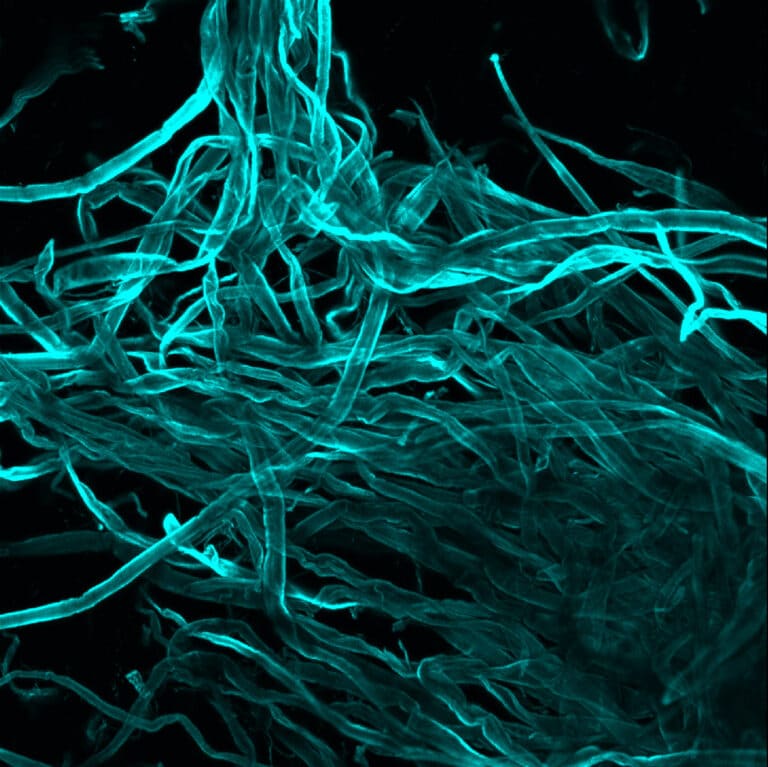
Thanks to the rapid and accurate analysis of sugars in biomass, you can recover lignin and cellulose from more than just wood – for example, from rapeseed in a field, or brown algae from the sea. Before Richter Life Science Development, no one in the world had developed the technology, which is called Optotracing sensing technology and which has now been patented.
“We’ve used forest as a raw material for a long time, and we know how to use it. But now the demand for biomass from renewable sources is huge, and the industry is looking into using non-forest materials to maximize production. Algae in the oceans are an example, and because they lack lignin, large-scale attempts are already underway to establish seaweed cultivation units in order to produce the raw material for the extraction of cellulose.
Medical technology and bioeconomy
Thanks to the discovery, the company today has several business areas, including medical technology and bioeconomy. With patents and know-how in fields such as life science, medical technology, diagnostics, food industry, forestry, renewable biomaterials and biorefineries, Richter Life Science Development will be able to develop revolutionary solutions for medical, industrial and societal needs. Richter Life Science Development’s subsidiary Ebba Biotech AB has supplied the Optotracing technology to the global biotech market since 2015.
We are happy to welcome Richter Life Science Development into the Sting Bioeconomy family, and we look forward to following their journey in the future!
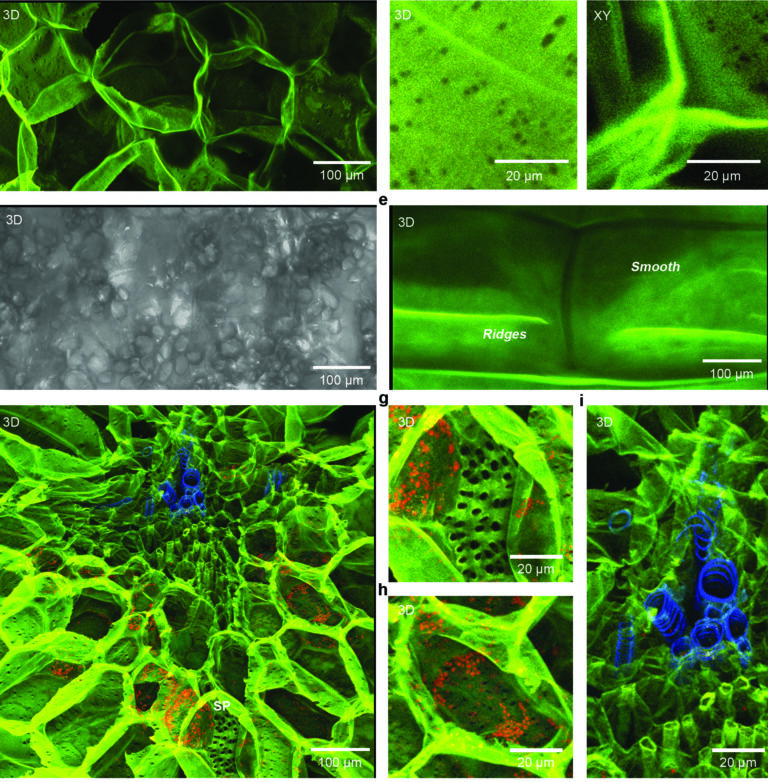
Images:
The main image shows a potato slice analysed with the Optotracing technology. Yellow = cellulose in the cell walls. Green = starch packed in small balloons inside the cells.
Image courtesy of: Choong, F.X. et al. Stereochemical identification of glucans by a donor–acceptor–donor conjugated pentamer enables multi-carbohydrate anatomical mapping in plant tissues. Cellulose 26, 4253–4264 (2019). https://doi.org/10.1007/s10570-019-02381-5
Image of cellulose fibres in pulp:
Choong, F., et al. Nondestructive, real-time determination and visualization of cellulose, hemicellulose and lignin by luminescent oligothiophenes. Sci Rep 6, 35578 (2016). https://doi.org/10.1038/srep35578
Image of a slice of yellow onion:
Choong, F.X. et al. Stereochemical identification of glucans by oligothiophenes enables cellulose anatomical mapping in plant tissues. Sci Rep 8, 3108 (2018). https://doi.org/10.1038/s41598-018-21466-y
